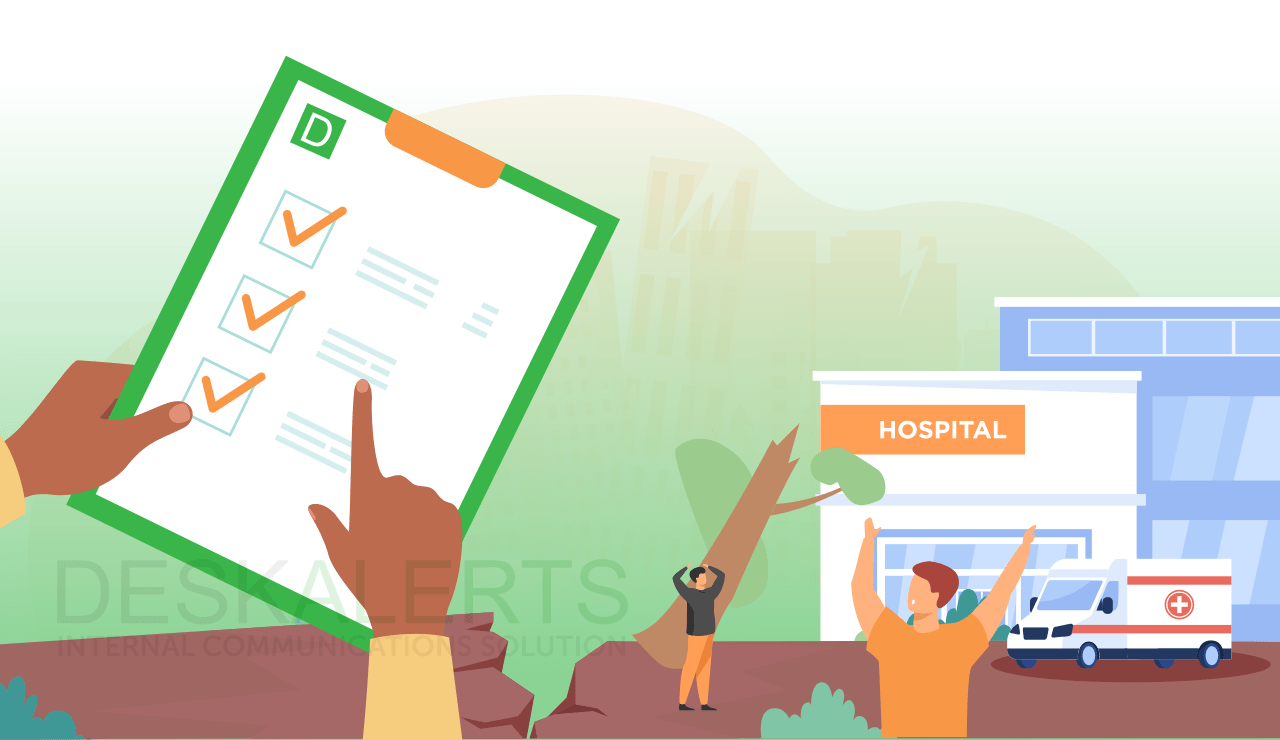Your employees are one of your most important assets, so it stands to reason that the health and safety of your staff should be taken seriously.
Not only is it a legal requirement to provide your staff with a safe work environment, there are many benefits to your business of doing so.
This includes: helping you to retain staff, maximizing your employees’ productivity, minimizing injuries and illnesses in the workplace, reducing the costs of injuries and workers compensation payments and ensuring you meet legal obligations as well as your responsibilities to your employees.
Creating a healthy and safe work environment will involve assessing and mitigating the risks that can affect the health, safety and welfare of your employees and anyone else who visits your premises such as customers, contractors, suppliers and volunteers.
Workplace health and safety is everyone’s business, no matter how big or small your organization is. It should be modeled by the behavior of management, and every employee should be encouraged to participate in discussion on making the work environment safe. This includes both physical health and wellbeing as well as mental health which can also be affected, for example through workplace bullying and harassment.
To create a healthy and safe workplace you need an organized plan that continually addresses hazards in the workplace. These are the steps you need to take:
1. Management leadership and the participation of employees
This is when both staff and management work together, making health and safety a priority for the company. Communicating about workplace health and safety issues is essential.
2. A workplace analysis
Working together, management and staff analyze the conditions of the workplace to identify and eliminate both potential and existing hazards. This needs to be an ongoing process, and regular and timely analysis should happen to ensure the continued safety of the workplace. Every job or process that your employees carries out on your behalf should have a hazard analysis.
3. The prevention and control of hazards
Once hazards have been identified in your workplace, you need to work out practices to control and prevent them. For example you may need to determine a schedule to regularly maintain equipment, ensure first aid is available or that your staff have the appropriate protective equipment to keep them safe on the job.
4. Safety and health training and education for staff
All staff in your company should be properly trained to do their job and operate any relevant equipment. Every employee should also be trained in the basics of health and safety in the workplace and understand about their rights and responsibilities, for example maintaining a safe workplace and how to report any hazards that are identified.
5. An evaluation of the program
As with any project or policy, the best way to determine the effectiveness of its implementation is to carry out an evaluation. Did it work? What were the strengths and weaknesses? What opportunities are there to improve the program,? You should always strive for continued improvement.
 Caroline Duncan
Caroline Duncan







